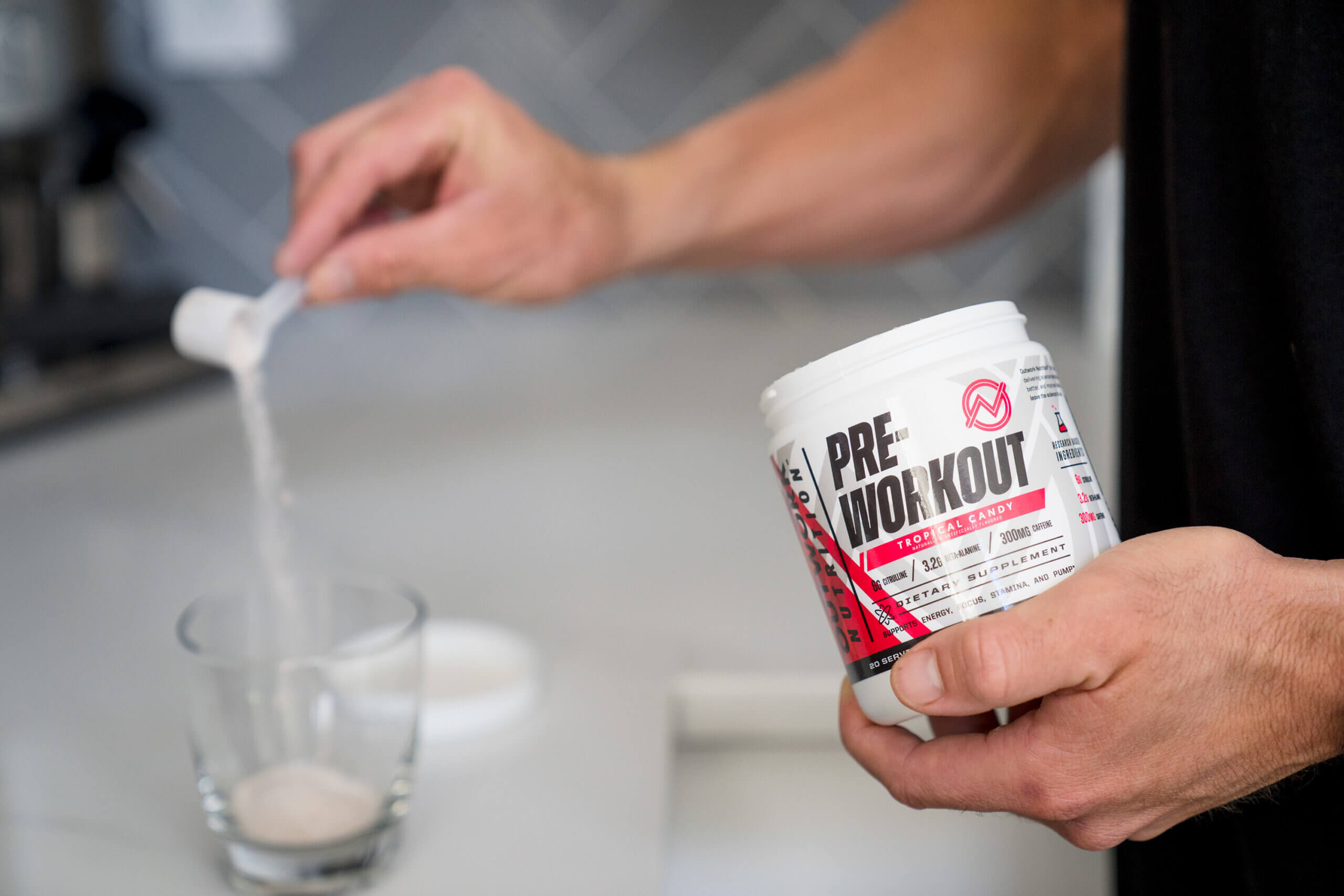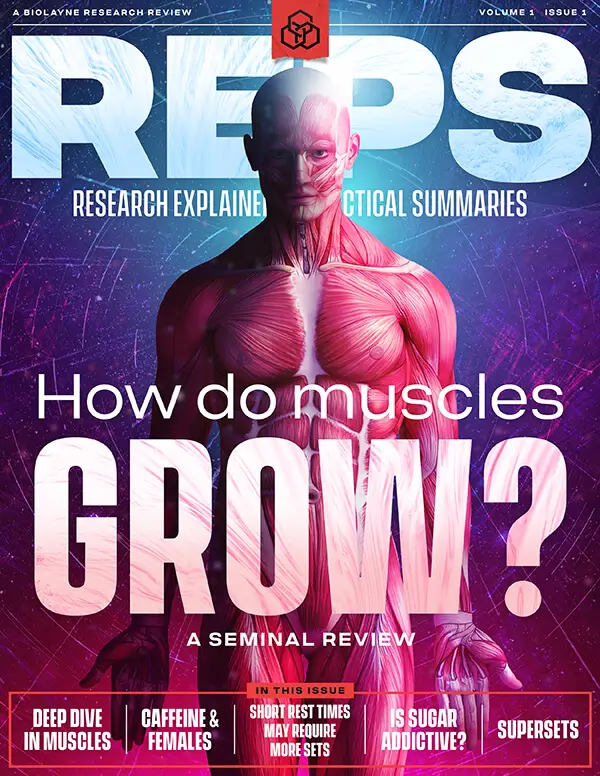Many studies have shown the positive effects of caffeine on performance. However, like most topics in research, females are under represented in the caffeine literature. A recent study adds more data to the female caffeine research, which investigates a number of blood variables and performance measures including strength and power.
Overview
- What did they test? A number of performance and blood measures were assessed following two randomized treatment trials including a placebo and 4 mg/kg of caffeine.
- What did they find? Caffeine in the amount of 4 mg/kg significantly increased strength and power during upper and lower body exercises in well trained females.
- What does it mean for you? Caffeine works, it's no surprise, but now there's more data on females showing beneficial effects of caffeine on strength and power-related measures. These participants were habitual caffeine users and while 4 mg/kg was sufficient to increase performance, some participants reported adverse effects like feeling "shaky". Use caution with caffeine dosages and start off lower, especially if you aren't a habitual caffeine user.
What’s the Problem?
Caffeine is more than a supplement, it's a drug and it's probably the most popular legal drug in the world. By stimulating the central nervous system, it provides a potent energy stimulus that most people can't begin their day without. Many adults depend on their daily dose of caffeine from their big cup of "joe" first thing in the morning, especially parents with toddlers (we aren't speaking from experience or anything). Aside from the energy boosting benefits of caffeine that most people seek for daily life, caffeine is also popular among athletes to improve performance. A number of meta-analyses have been published showing benefits of caffeine on a broad range of performance measures including increased strength, endurance, and power 2. Like most topics in exercise and nutritional sciences, females are underrepresented in the caffeine literature with only about 13% of all participants being female in caffeine studies from 1978 to 2018 3.

Difficulties in studying females may be due to the impact of menstrual cycles. The menstrual cycle can be separated into two primary phases the follicular (first half) and luteal (second half). These phases can be further divided into early and late phases which include changes in two primary sex hormones estrogen and progesterone. During the early follicular phase estrogen and progesterone are at their lowest, with levels similar to individuals using hormone contraceptives 4 5. Research shows that during the late follicular phase when estrogen is high, caffeine is metabolized and eliminated more quickly than later in the luteal phases, which could impact caffeine's affects 6. Not only can hormone concentrations during the menstrual cycle have an impact on certain variables, strength and power measures can also be impacted by the different phases in the menstrual cycle 7. Not accounting for menstrual cycle fluctuations in hormones and performance measures contributes to the discrepancies observed in the literature regarding strength and power 8. So, while data indicates a positive benefit on performance in females supplementing with caffeine, there is some uncertainty in the impact caffeine can have on strength and power measures.
Purpose
Researchers aimed to determine the effects of acute ingestion of 4 mg/kg of caffeine on various performance measures in resistance-trained women during the early follicular phase of the menstrual cycle. Investigators also evaluated perceived exertion, pain, plasma caffeine concentrations, caffeine habituation and adverse effects as secondary measures.
Table 1 Performance Outcomes
| Variable | Mean ± SD | Range |
|---|---|---|
| Age (y) | 29.8 ± 5.5 | - |
| Height (cm) | 165.8 ± 4.8 | - |
| Body weight (kg) | 63.8 ± 5.5 | - |
| Fat-fee mass (kg) | 52.3 ± 5.2 | 44.4-63.2 |
| Fat mass (kg) | 11.3 ± 4.0 | 4.9-21.2 |
| Body fat (%) | 17.7 ± 5.8 | 8.1-32.3 |
| Hormone contraceptive use (n - %) | 10 | 66.7 |
| RT experience (y) | 7 ± 5 | 2-16 |
| RT frequency (sessions/wk) | 4 ± 1 | 2-5 |
| Squat 1RM (kg) | 97 ± 13 | 75-115 |
| Squat 1RM (kg/bw) | 1.5 ± 0.2 | 1.2-1.8 |
| Bench press 1RM (kg) | 66 ± 10 | 50-82 |
| Bench press 1RM (kg/bw) | 1.0 ± 0.2 | 0.8-1.3 |
| Energy (kcal) | 2208 ± 509 | 1473-3497 |
| Protein (g/d) | 143 ± 37 | 67-210 |
| Carbohydrate (g/d) | 209 ± 54 | 130-301 |
| Fat (g/d) | 84 ± 39 | 40-182 |
| Habitual caffeine intake(mg/d) | 341 ± 184 | 54-692 |
Abbreviations: 1RM, one-repetition maximum ; RT, resistance training.
Measured with BIA via. InBody 720
Based on maximal 1RM across two familiarization sessions
Mean habitual intakes from a 24-h food diary priro to each test day
Habitual caffeine intake questionnaire







